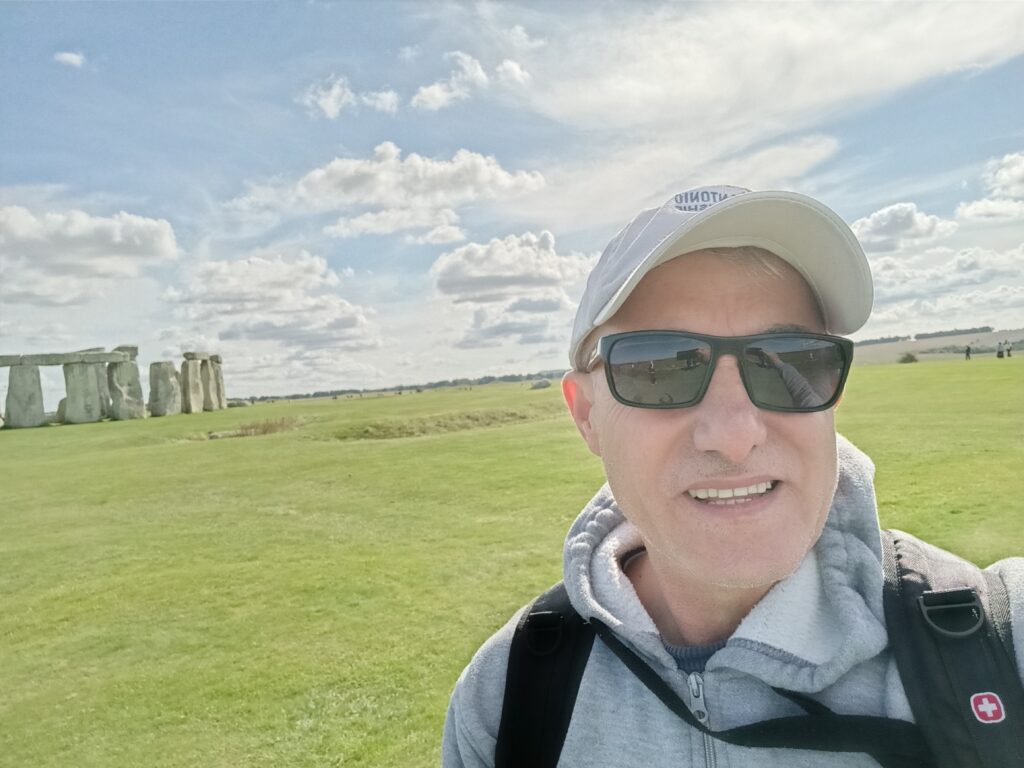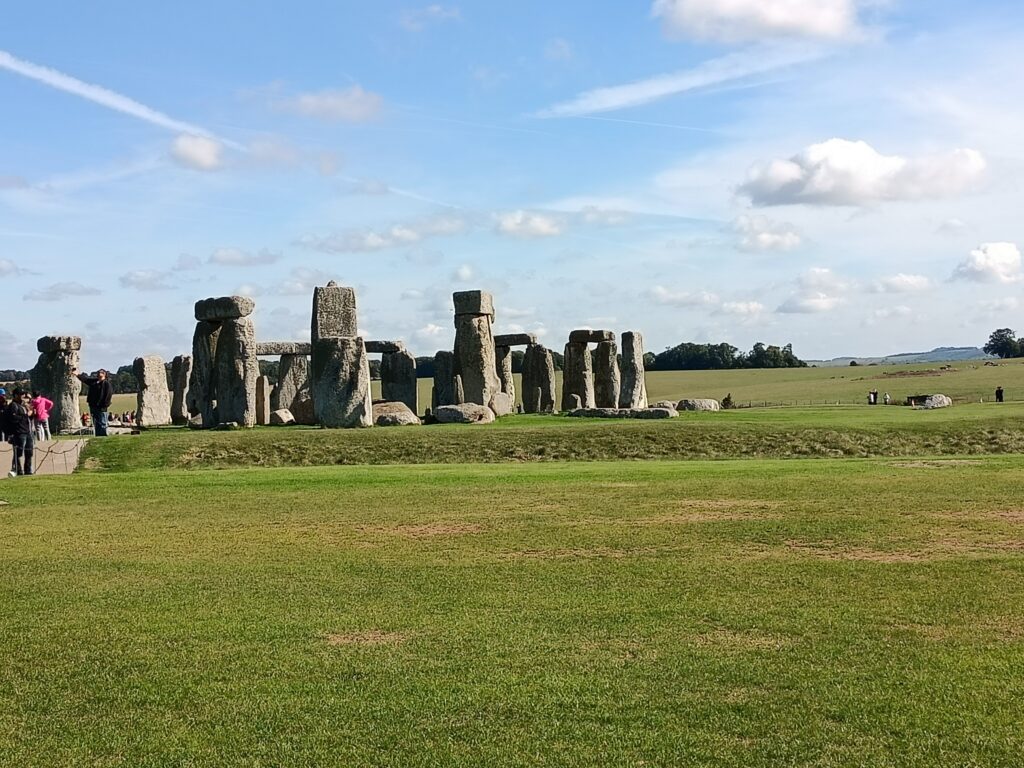ITP reflections and Stonehenge (Mohammad Al Qaisi, Jordan, ITP 2022)
Written by Mohammad Al Qaisi, Education Manager, The Jordan Museum (Jordan, ITP 2022)
I’m Education Manger at The Jordan Museum. My job involves museum education, strategic planning, exhibition programmes, museum guides, school programmes, and heritage activities. This includes sourcing ways to build an education unit, offering the best-disseminated current practice at a local level in cooperation with local museums. Responsibilities cover supporting school teachers, designing activities and creating museum programmes relating to the national curriculums.

I work on on strategies, partnerships and international and national projects, alongside community and children’s programme. I also manage events at the museum and the development of fundraising strategies.
With a great enthusiasm for cultural heritage, museum interests cover museum education and outreach activity, as well as audience development and learning. Professionally, I am interested in the idea of ‘museums as places of non-formal learning’ and I am currently researching this area – the purpose of the study is to explore how museums now operate in the role of the study environment and supports formal learning by introducing non-formal learning to society.
I’m looking forward to collaborating with museum professionals from around the world and experiencing a regional museum on the partner placement whilst working towards developing an international museum body.

Stonehenge:
Stonehenge is probably the most important prehistoric monument in the whole of Britain. About 2500 BC the stones were set up in the center of the monument. Two types of stone are used at Stonehenge – the larger sarsens and the smaller bluestones. The sarsens were erected in two concentric arrangements – an inner horseshoe and an outer circle – and the bluestones were set up between them in a double arc.
The First Stage:
The first Stonehenge was a large earthwork or Henge, comprising a ditch, bank, and the Aubrey holes, all probably built around 3100 BC.
The Second Stage:
The second and most dramatic stage of Stonehenge started around 2150 BC
Third Stage
The third stage of Stonehenge, about 2000 BC.
The Final Stage
The final stage took place soon after 1500 BC when the bluestones were rearranged in the horseshoe and circle that we see today

my colleague Lotfi Belhouchette from Tunisia is a specialist in the conservation archeological sites, he works as the director of the Museography Development Division. He was very impressed with the visit Stonehenge site, he has wished all the time to have the chance to visit this site. Finally, his dream become true
